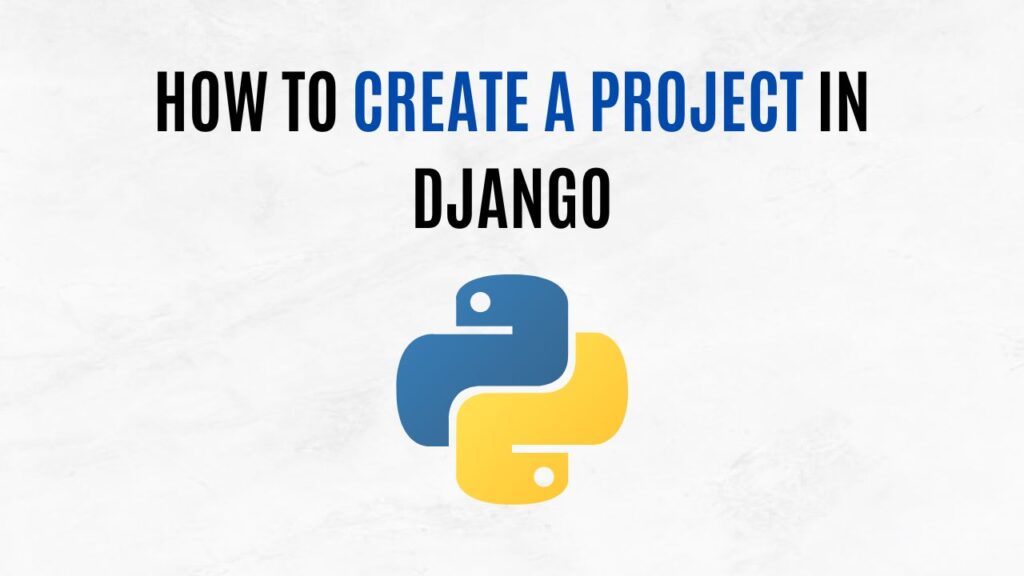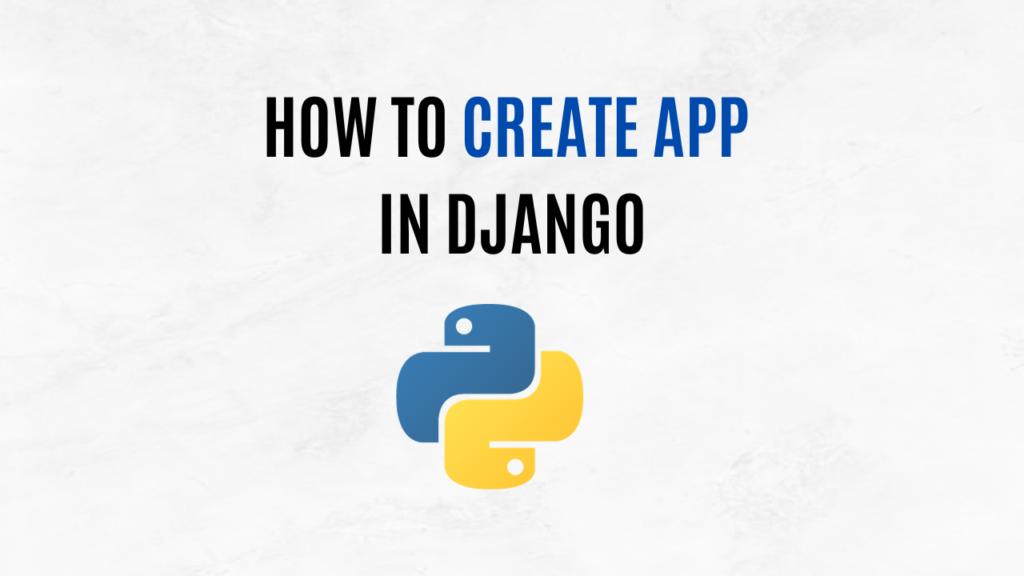Introduction
Welcome to AiHints! If you’re eager to delve into the world of web development using Python, you’ve come to the right place. In this tutorial, we’ll walk you through the process of installing one of the most powerful and popular web frameworks out there: Django. Whether you’re a beginner or an experienced developer, this step-by-step guide will ensure you have Django up and running in no time.
Why Django?
Django is a high-level Python web framework that is used for building dynamic and complex websites, thanks to its robust features such as ORM (Object-Relational Mapping), templating engine, and built-in admin interface. By installing Django, you gain access to a plethora of tools that streamline the web development process.
Step 1: Prerequisites
Before we dive into the installation process, ensure you have the following:
- Python: Django is a Python framework, so you’ll need Python installed on your system.
- Pip: Pip is a package manager for Python. It’s used to install and manage Python packages, including Django.
Step 2: Create a Virtual Environment (Optional but Recommended)
Creating a virtual environment helps isolate your project’s dependencies from the system-wide Python installation. Open your anaconda prompt and run the following commands:
conda create --name dj python=3.10
Replace “dj” with your preferred environment name.
Step 3: Install Django
With your virtual environment activated, you can now install Django using Pip. Run the following command:
pip install django
This command fetches the latest version of Django and its dependencies from the Python Package Index (PyPI) and installs them into your virtual environment.
Step 4: Verify Installation
To ensure Django was installed successfully, you can check its version:
django-admin --version
Conclusion
Congratulations! You’ve successfully installed Django. You’re now equipped to explore Django’s powerful features and start building your web applications.
Stay tuned to AiHints for more insightful tutorials on web development, programming, and artificial intelligence. Happy coding!


